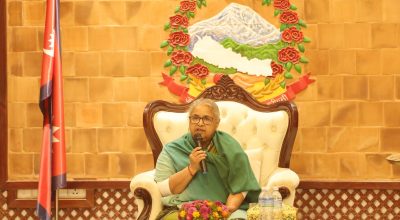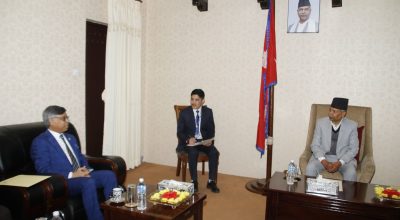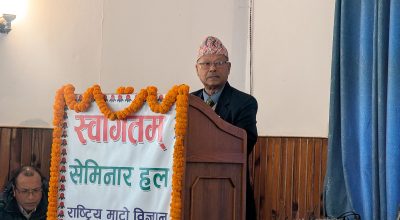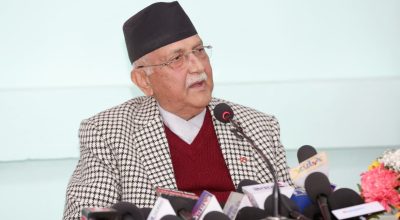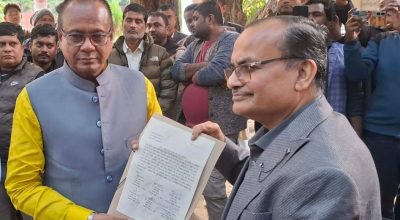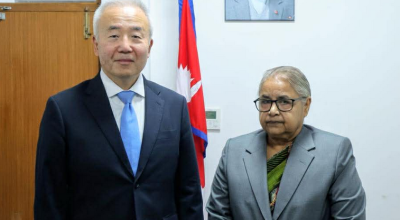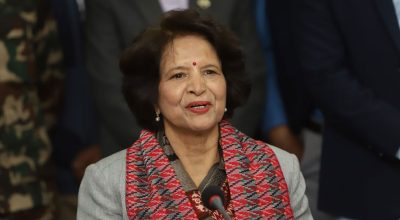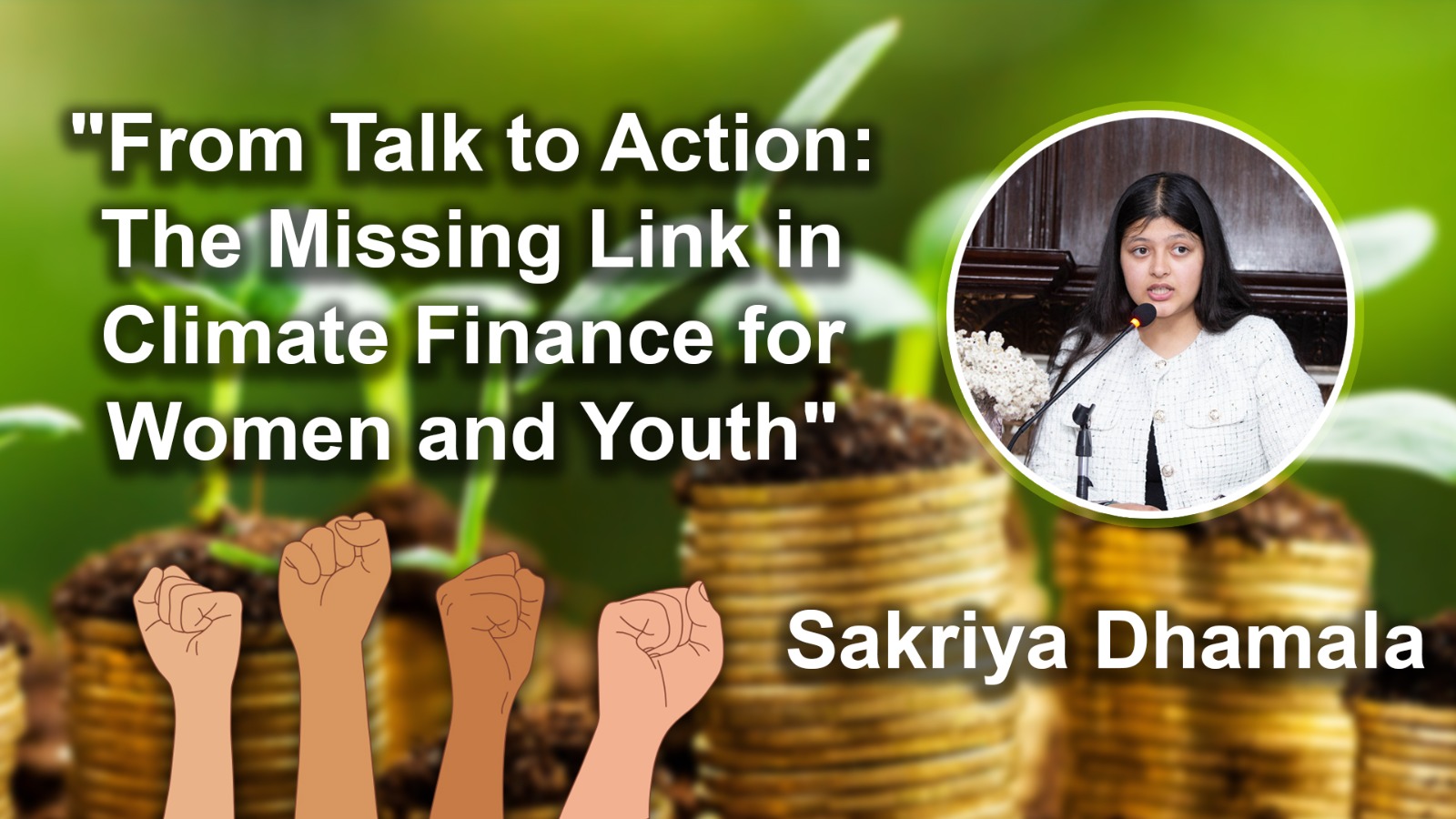
In recent years, the Conference of Parties (COP) has gained significant attention, especially with the recent COP29 held in Baku, Azerbaijan. The first COP was held in Berlin, Germany, in March 1995, and the United Nations Framework Convention on Climate Change (UNFCCC) has been hosting these conferences annually. Scheduled from November 11 to November 22, 2024, COP29 focused on “Accelerating Climate Action for a Resilient and Inclusive Future.”
These included strengthening the adaptive capacities of vulnerable communities, ensuring full and equal participation in climate decision-making by marginalized groups, such as women, youth, and Indigenous peoples, enhancing national commitments through decarbonization and renewable energy adoption, and reinforcing international cooperation to meet the goals of the Paris Agreement. COP29 was built upon the outcomes of COP28 to raise ambitions for the urgent need for inclusive climate policies in the face of the escalating climate crisis.
The summit focused on phasing out fossil fuels, promoting renewable energy, and addressing methane emissions, but it faced criticism for Azerbaijan’s dependency on fossil fuels and lack of inclusivity. Despite over 65,000 attendees, including fossil fuel executives, there were concerns about rushed proceedings and insufficient consultation, resulting in deferred decisions on fossil fuel phase-outs until COP30.
Interestingly, COP29 was dubbed as one of the most gender-balanced meetings in its history, with approximately 40% of women among the 65,000 registered attendees. However, this representation did not extend to the highest levels of leadership, as only eight out of 78 government leaders were women. Alarmingly, just four leaders addressed the impact of climate change on women, highlighting a significant gap in attention to gender issues. Hello! Does not this require a reality check? It does not matter how many attendees were from this gender or that gender, the focus should be in the end results. Maybe we are always missing the point by getting more obsessed with the mathematics of balance, while completely failing to get the real balance in the end result.
Besides the superficial number game, political divisions between developed and developing countries further fragmented discussions, sidelining gender concerns, particularly in developing and least-developed nations where women disproportionately bear the brunt of climate-induced challenges. Girls, among the most vulnerable to the climate crisis, cannot afford to be left behind. As primary caregivers, women are disproportionately affected by climate change due to tasks like fetching water and tending to fields.
Despite their critical roles on the frontlines, COP29 failed to adequately address the intersection of gender equality, peacebuilding, and climate action. While the draft decision on climate change mentioned gender, it fell short of securing tangible commitments for gender-responsive financing, undermining accountability and progress in this area.
Over 55,000 participants attended COP29, held in Baku, Azerbaijan, including a significant number of youth delegates. For instance, UNICEF supported 20 youth delegates from South Asia, representing countries such as Bangladesh, India, Maldives, Nepal, Pakistan, and Sri Lanka. Additionally, the International Organization for Migration (IOM) selected 20 youth delegates from various regions to participate in COP29, focusing on climate migration issues.
These examples highlight the active involvement of youth in the conference, though comprehensive data on the total number of youth delegates is not specified. Building on COP28’s groundwork, which introduced the Youth Climate Champion role and fostered structured dialogues linking youth actions to formal climate policy, COP29 aimed to continue this tradition.
However, it failed to significantly expand opportunities for youth leadership within the negotiations, focusing instead on regional and capacity-building efforts. As a result, COP29 had no clear-cut initiatives to translate the contributions of young leaders into actionable policies, emphasizing forums and discussions rather than integrating youth priorities into formal decision-making frameworks. While the participation of youth at COP29 was both strong and inspiring, on some panels, it felt more symbolic than substantive. The young leaders would give speeches to applause, yet seldom did they get involved in the policymaking processes. Such an oversight not only undercuts the potential contributions of young people but also dismisses the innovative ideas they bring to the table. For meaningful progress to be realized, their contributions need to be better integrated into the decision-making mechanisms.
COP28 and COP29 faced challenges in establishing effective mechanisms for gathering and utilizing gender-disaggregated and youth-focused data. Unfortunately, COP29 showed little progress in addressing these significant gaps. The conference did not successfully build on the momentum created at COP28, especially regarding the development of tangible outcomes for gender-responsive and youth-centered policies in finance and governance.
Why are there persistent issues in addressing the needs of youth in climate finance, despite extensive discussions that have yielded some positive outcomes? A just transition for youth and gender remains glaringly absent. Youths are undeniably the future of the world, and any decision made today will directly affect them tomorrow. So why is their involvement in decision-making still so limited? Capacity-building programs alone are insufficient to ensure meaningful participation.
As for women and girls, who disproportionately bear the brunt of climate-induced disasters, their concerns are often sidelined. There was little to no mention of actionable measures to support them. Some countries even completely ignored the issue of gender equality in climate financing. Climate finance is supposed to help those most affected by climate-related calamities, and women are often at the forefront of these crises. Yet, there are no concrete decisions aimed at addressing their needs. A mere mention in official statements is far from enough.
[Sakriya Dhamala is a student and freelance writer on issues of environment, health and youth]





